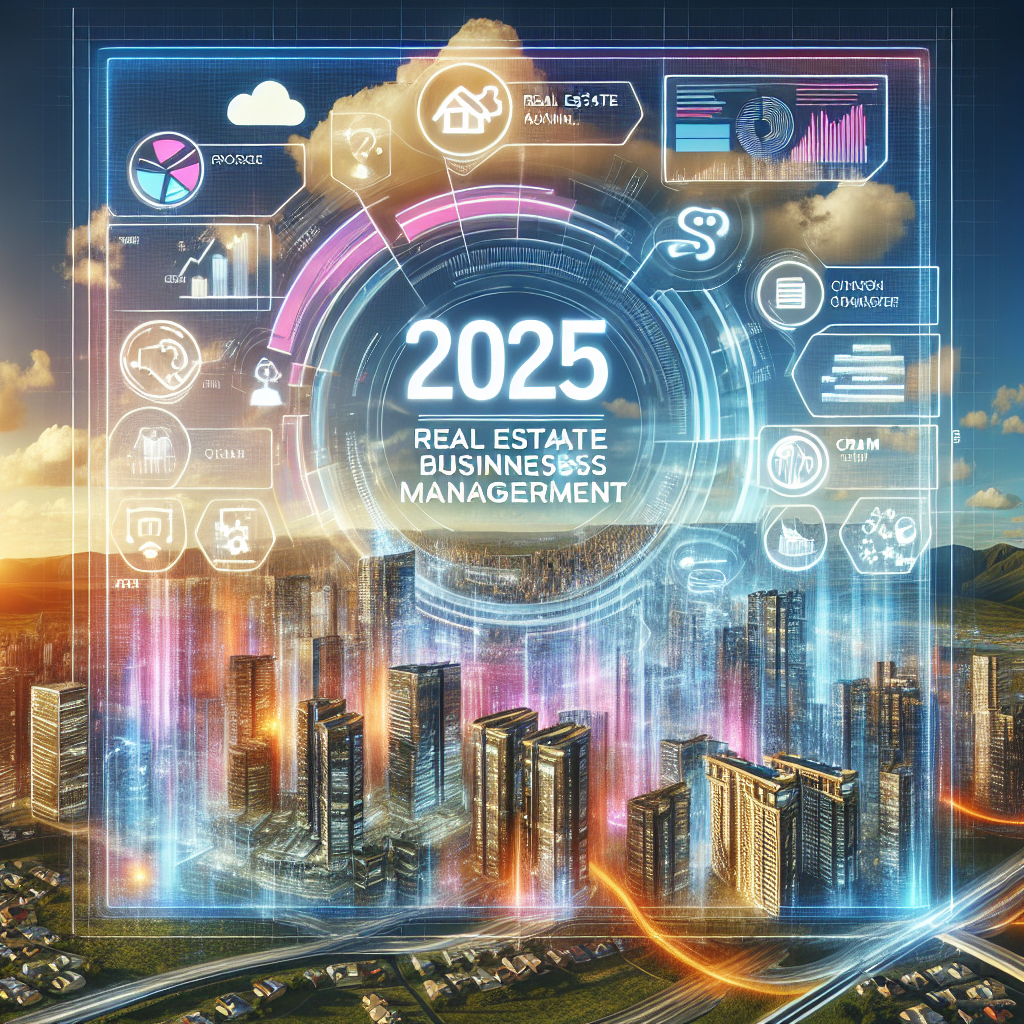Customer relationship management has evolved from simple contact databases to sophisticated automated systems that drive business growth. Modern CRM flow represents the backbone of successful customer engagement, with studies showing that companies implementing optimized CRM workflows experience 41% higher customer retention rates and 27% increase in sales productivity.
The challenge facing most businesses today isn’t acquiring new customers—it’s nurturing existing relationships through strategic touchpoints and automated processes. Poor CRM flow management costs companies an average of $1.2 million annually in lost opportunities and decreased customer satisfaction. This comprehensive guide reveals nine battle-tested CRM flow strategies that Fortune 500 companies use to maximize customer lifetime value.
You’ll discover how to design automated workflows that convert prospects into loyal advocates, implement lead scoring systems that prioritize high-value opportunities, and create personalized customer journeys that increase engagement by up to 73%. Whether you’re managing a small business or enterprise-level operations, these proven methodologies will transform your customer relationship approach.
Understanding CRM Flow Fundamentals and Implementation Strategy
CRM flow encompasses the systematic movement of prospects and customers through predefined stages of engagement within your customer relationship management system. This process involves automated triggers, personalized communications, and strategic touchpoints designed to nurture relationships and drive conversions.
The foundation of effective CRM flow lies in mapping customer journeys from initial awareness to post-purchase advocacy. Research conducted by Salesforce indicates that businesses with well-defined CRM flows see 67% improvement in lead qualification efficiency and 58% increase in customer satisfaction scores.
Essential Components of Modern Architecture
Successful CRM flow implementation requires five critical components that work synergistically to create seamless customer experiences. Lead capture mechanisms serve as entry points, collecting prospect information through various channels including websites, social media, and offline interactions.
Data segmentation algorithms automatically categorize contacts based on demographics, behavior patterns, and engagement levels. This segmentation enables personalized messaging that resonates with specific audience segments, increasing conversion rates by up to 45%.
Automated trigger systems activate specific actions based on customer behavior or predetermined time intervals. These triggers ensure timely follow-up communications and prevent prospects from falling through the cracks.
Designing Customer Journey Maps for Optimal
Customer journey mapping provides visual representation of every touchpoint between your business and customers. This strategic approach identifies opportunities for engagement and potential friction points that could derail the relationship-building process.
Professional journey maps incorporate emotional states, pain points, and decision-making factors at each stage. Companies utilizing comprehensive journey mapping report 56% improvement in customer retention and 34% increase in average deal size.
The mapping process begins with defining customer personas based on actual data rather than assumptions. These personas guide content creation, communication timing, and channel selection throughout the CRM flow sequence.
Advanced Lead Scoring Models for CRM Flow Optimization
Lead scoring assigns numerical values to prospects based on their likelihood to convert, enabling sales teams to prioritize efforts on high-potential opportunities. Modern scoring models combine demographic information, behavioral data, and engagement metrics to create comprehensive prospect profiles.
Predictive scoring algorithms analyze historical conversion data to identify patterns that indicate purchase intent. This technology helps businesses achieve 77% improvement in lead conversion rates while reducing sales cycle length by an average of 23%.
| Scoring Factor | Weight | Impact on Conversion |
|---|---|---|
| Email Engagement | 25% | High |
| Website Behavior | 30% | Very High |
| Social Media Activity | 15% | Medium |
| Demographic Match | 20% | High |
| Content Downloads | 10% | Medium |
Automation Triggers That Drive CRM Flow Success
Strategic automation triggers create responsive CRM flows that adapt to customer behavior in real-time. These triggers activate specific sequences based on actions such as email opens, website visits, content downloads, or periods of inactivity.
Behavioral triggers respond to customer actions, sending relevant follow-up communications that maintain engagement momentum. Time-based triggers ensure consistent communication intervals, preventing relationships from stagnating due to lack of contact.
Multi-channel trigger systems coordinate communications across email, SMS, social media, and direct mail platforms. This omnichannel approach increases message visibility and provides multiple opportunities for customer engagement.
Personalization Strategies for Enhanced CRM Flow Performance
Personalization transforms generic communications into relevant, valuable interactions that build stronger customer relationships. Advanced personalization incorporates dynamic content that adapts based on individual customer data and preferences.
Machine learning algorithms analyze customer behavior patterns to predict interests and optimize message timing. This technology enables businesses to deliver highly relevant content that generates 89% higher open rates and 63% increase in click-through rates.
Content personalization extends beyond simple name insertion to include product recommendations, industry-specific insights, and customized offers based on purchase history and browsing behavior.
Multi-Channel Integration for Comprehensive CRM Flow
Modern customers interact with businesses across multiple touchpoints, requiring integrated CRM flows that maintain consistency across all channels. This integration ensures seamless experiences whether customers engage through email, social media, phone calls, or in-person interactions.
Unified customer profiles aggregate data from all touchpoints, providing complete visibility into customer interactions and preferences. This comprehensive view enables more informed decision-making and personalized communication strategies.
Cross-channel automation synchronizes messaging across platforms, preventing duplicate communications and ensuring consistent brand messaging throughout the customer journey.
Performance Metrics and CRM Flow Analytics
Measuring CRM flow effectiveness requires tracking key performance indicators that align with business objectives. Essential metrics include conversion rates, customer acquisition costs, lifetime value, and engagement scores across different flow stages.
Advanced analytics platforms provide real-time insights into flow performance, identifying bottlenecks and optimization opportunities. Companies utilizing comprehensive CRM analytics report 43% improvement in campaign ROI and 52% increase in customer retention rates.
| Metric | Industry Average | Top Performers |
|---|---|---|
| Lead Conversion Rate | 2.3% | 8.7% |
| Customer Acquisition Cost | $295 | $127 |
| Customer Lifetime Value | $1,432 | $3,890 |
| Email Open Rate | 21.3% | 47.2% |
Technology Stack Optimization for CRM Flow Excellence
Selecting the right technology stack is crucial for CRM flow success, with considerations including scalability, integration capabilities, and user experience. Modern CRM platforms offer sophisticated automation features, artificial intelligence capabilities, and comprehensive reporting tools.
Integration with existing business systems ensures data consistency and eliminates manual data entry requirements. API connections enable seamless data flow between CRM systems, marketing automation platforms, and customer service tools.
Cloud-based solutions provide flexibility and scalability while reducing infrastructure costs and maintenance requirements. These platforms typically offer better security features and automatic updates to ensure optimal performance.
Conclusion and Implementation Roadmap
Implementing effective CRM flow strategies requires systematic planning, proper technology selection, and ongoing optimization based on performance data. The nine strategies outlined in this guide provide a comprehensive framework for transforming customer relationships and driving business growth.
Begin implementation by conducting a thorough audit of your current customer relationship processes, identifying gaps and opportunities for improvement. Develop detailed customer journey maps that reflect actual customer behavior patterns rather than assumptions about how customers should behave.
Invest in training for your team members who will be managing and optimizing CRM flows. Success depends on proper execution and continuous refinement based on performance metrics and customer feedback.
Ready to transform your customer relationships? Start by implementing lead scoring and basic automation triggers, then gradually expand to more sophisticated personalization and multi-channel integration strategies.

